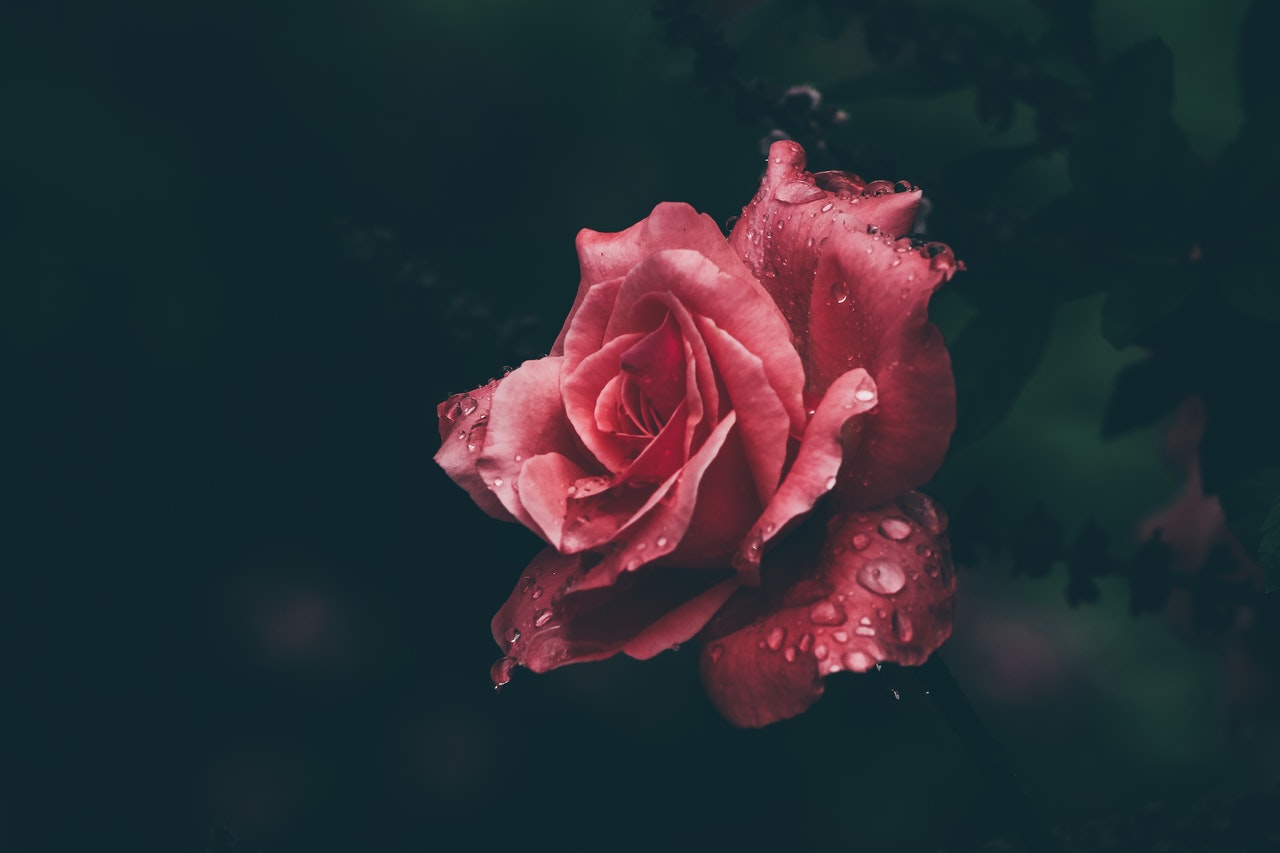When did you become interested in transgender and transsexuality?
I had read about the subject when I was in France, where I came across an article on Bugis Street and grew curious about it.
Tell us the story behind this collection of portraits.
When I arrived in Singapore in February 1981, I was dreaming of becoming a professional photographer. I bought a Nikon camera and began to spend my nights in Bugis, in a neighborhood of old Chinese houses. There, I met Anita, a Malaysian transsexual, who then introduced me to her community.
What was your relationship with the community like?
I was 23 years old then and most of the girls were about the same age, so little by little we grew closer. They liked having me photograph them and would pose like stars. I wanted to show their femininity. I was fascinated by their ambiguous identity and inner strength living as outcasts on the edges of society. There was always a sense of melancholy—for the old lives they left behind, and for the injustice of their new, hard lives.
What do you like most about the photos?
I love the beautiful night lights, a mix of artificial lights that result in strange colors. The girls’ poses also add to that feeling of cinematographic artificiality—it reminds me of the atmosphere of Wong Kar Wai films. Maybe I was drawn to Bugis Street because it looked to me, unconsciously, like a film set.
What do you want your audience to get out of the show?
An open window to Singapore during the eighties. Bugis Street’s nightlife was world famous at the time. Even though the scene has made way for consumerism, it’s still part of Singapore’s history.
Bugis Street is on from Jan 30-Feb 17 at Objectifs, 56A Arab St., 6293-9782, www.objectifs.com.sg.





